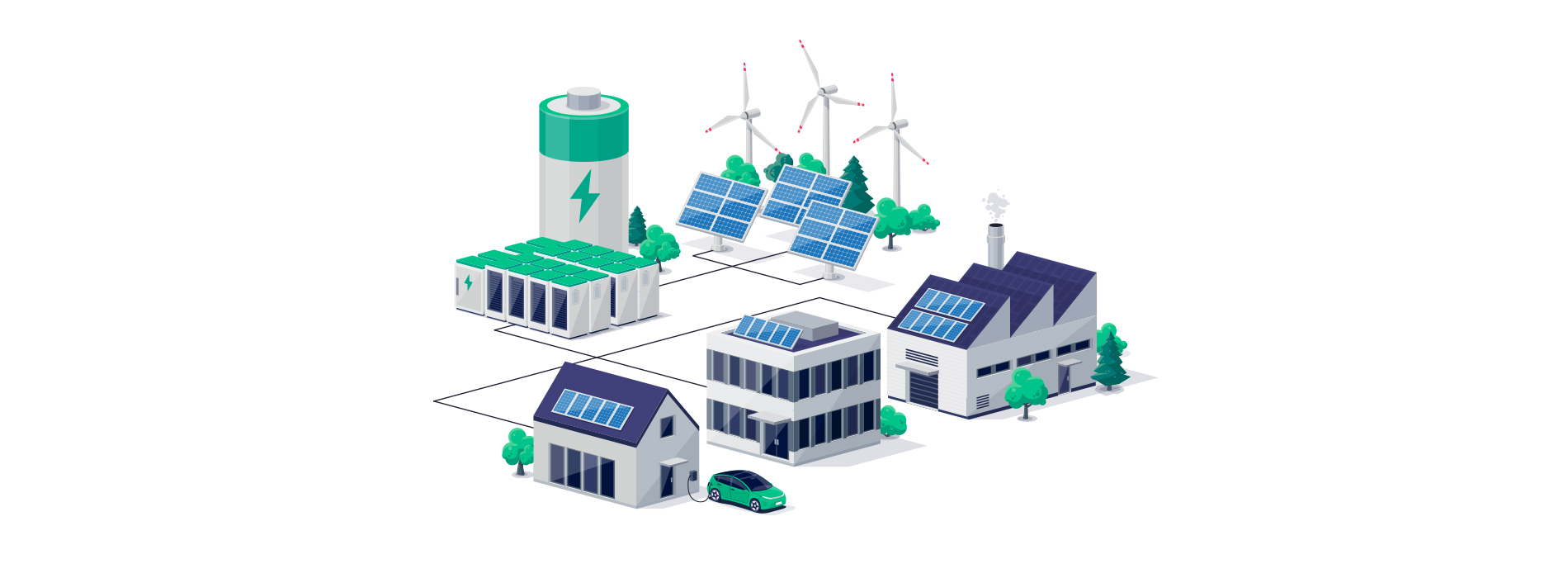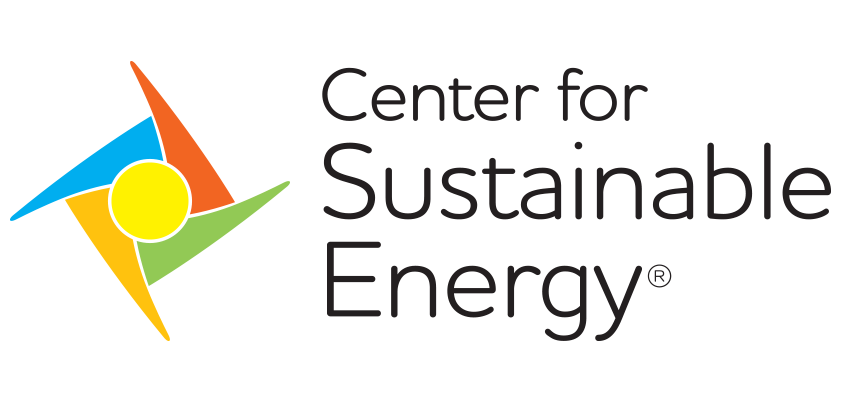Converged Energy Solutions: The sum is larger than its parts

Federal and state governments are about to put billions of dollars to work electrifying Americans’ heating and cooling systems, water heaters and personal vehicles and ensuring those technologies run on clean energy.
We could see a lot of individual programs, each trying to do one thing, like deploy electric vehicle (EV) charging or encourage energy storage. But wouldn’t it be better if we thought about this transformation of our transportation and energy systems more holistically?
Thoughtfully and strategically combining these technologies, rather than thinking of them in isolated silos, is what we call "converged solutions."
We need to rethink how clean tech is deployed
To date, clean technology incentive programs have largely focused on individual energy- and carbon-reduction technologies. Federal, state or local governments provide incentives for an EV, an EV charger, rooftop solar or a home energy storage system.
These efforts have been essential to increasing the adoption of new technologies as they entered the market, lowering their costs and making consumers aware of and comfortable with them.
Now it’s time to do more to multiply their impact.
We can increase value for the consumer and improve the resilience and decarbonization of the electric grid by considering how these individual electricity-using technologies can be a collective grid asset. This is accomplished by optimally timing their use, storing electricity and sending it back to the grid.
EVs and electrified homes can be collective grid assets
Historically, the grid was built for unidirectional electricity delivery from large, consistent, utility-scale generation sources such as coal, natural gas, nuclear and hydro. The reliability of this system depended on the steady generation of electricity and predictable consumer demand. As we increase our electricity demand and move toward more clean power generation from intermittent solar and wind to address the climate crisis, the unidirectional grid belongs in the past.
A new flexible and resilient grid could use all types of energy resources by matching electricity demand and generation, allowing homes and businesses to be both consumers and producers of electricity or “prosumers.” Doing so balances the variability of renewable resources by storing energy in batteries (including those in EVs) and other systems. It also better times electricity demand to absorb more renewable energy when it is plentiful and reduce load (called demand response) when it is not.
Examples of how we are already doing this on a small scale include homes with rooftop solar, ride-share EVs, and electric school buses all selling power back to the grid.
What we’re talking about is making this the norm rather than the exception.
The answer: converged solutions
If our ideal grid coordinates electricity supply and demand, then focusing on adoption of individual technologies piecemeal doesn’t make sense. A fully electrified home or a neighborhood with grid-connected distributed energy resources can optimize the use of renewables and minimize costly grid upgrades, leading to cleaner, cheaper and more resilient energy for all.
We’re in a transition that involves incentivizing and upgrading multiple systems at once – from the way we keep our homes comfortable, heat our water and dry our clothes to the way we get to and from work, school and the store. Figuring out how much energy assets will truly cost and where they should be placed requires considering multiple technologies at the incentive and installation phase. Doing so not only correctly prices these systems to allow for more effective incentive programs but also saves coordination and construction costs.
That’s what we mean by convergence. And here are some ways to start working toward that goal.

